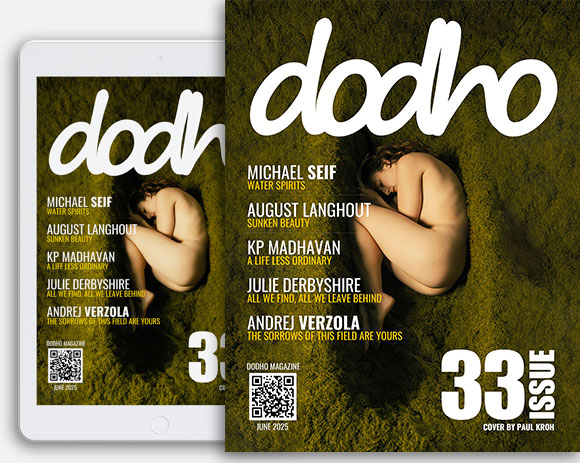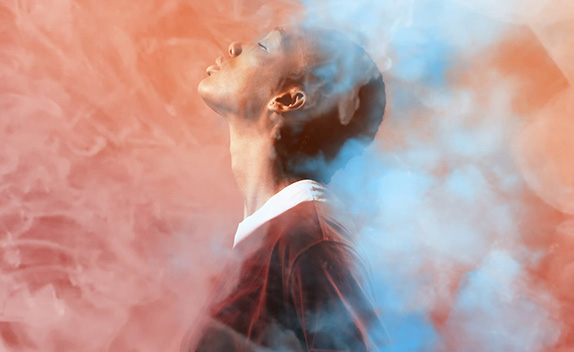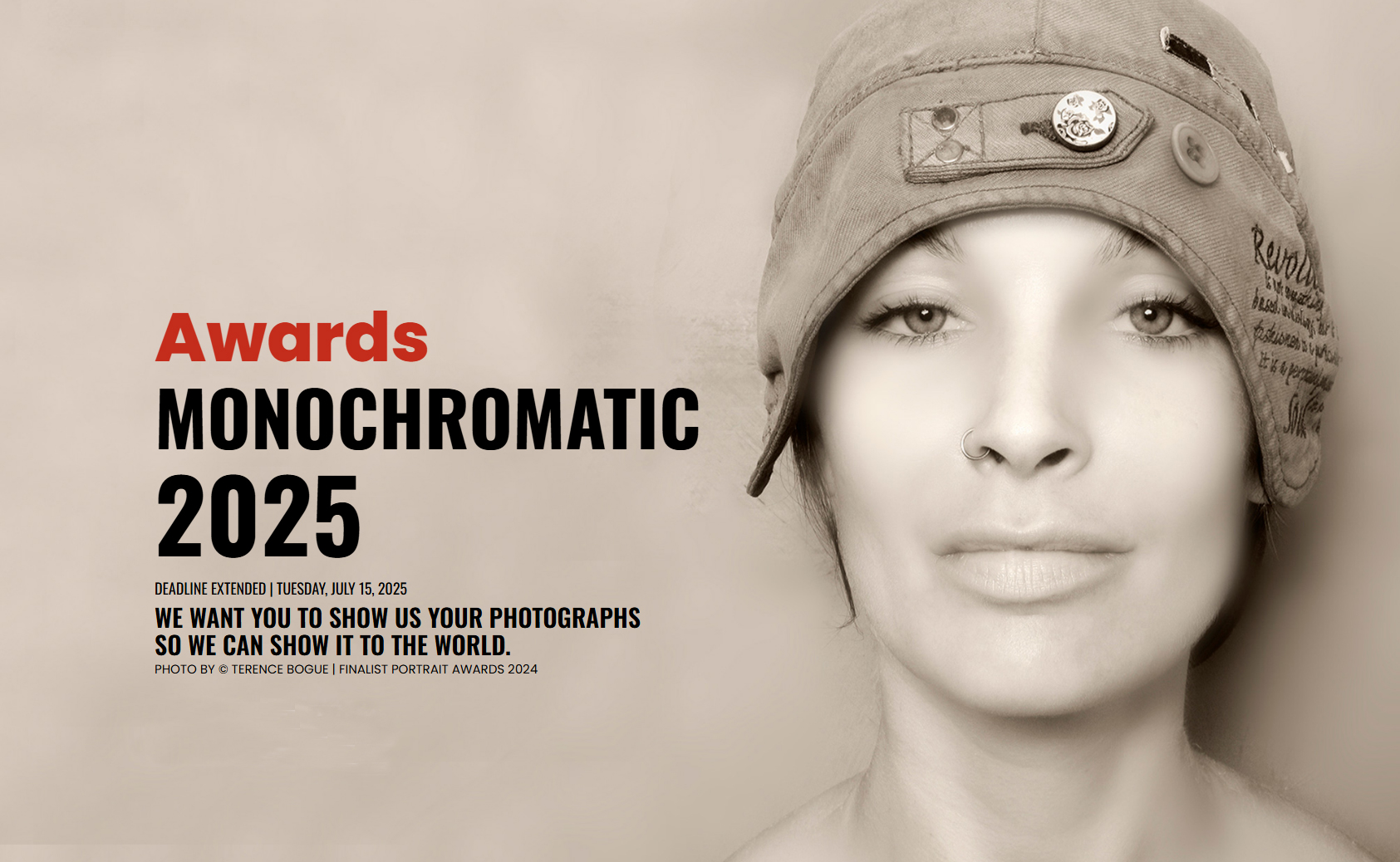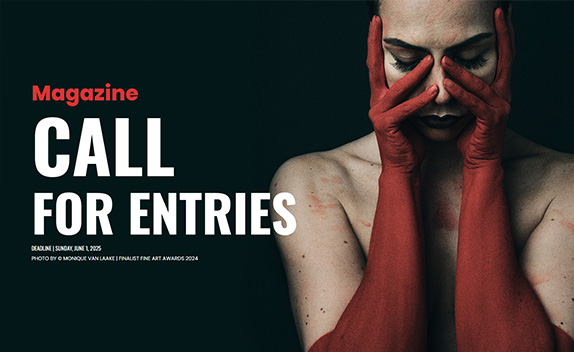George Eastman was born in Waterville New York in eighteen fifty four, a decade that still measured images by silver plates and portraits by social status.
Photography required tripods heavier than farm plows, chemicals that smelled like rotten eggs, and patience that only professionals or well financed hobbyists could afford.
Eastman did not begin as either. He was the son of a failed entrepreneur, a farm boy who buried two sisters before adolescence, and a clerk at a Rochester bank earning forty dollars a month. What he carried was not capital but an obsessive practicality. If a task took too long he shortened it, if a process cost too much he simplified it, and if an idea could liberate ordinary people from unnecessary toil he chased that idea to the edge of exhaustion.
“Light makes photography. Embrace light. Admire it. Love it. But above all, know light. Know it for all you are worth, and you will know the key to photography.”
His first encounter with photography happened in eighteen seventy seven when a colleague suggested he document an upcoming vacation to Santo Domingo. Eastman bought a camera kit the size of a steamer trunk, read the dense instructions, and realized the journey would require an extra porter just for the glass plates. He cancelled the holiday, set the equipment on a bedroom table, and spent evenings studying chemicals instead of Spanish phrases. Within weeks he had replaced expensive wet collodion plates with his own dry plate formula mixed in pans borrowed from his mother. By the end of the year he was selling batches to local professionals who praised their reliability. Eastman was twenty four.
The breakthrough solved only part of the problem. Plates were lighter than before but still fragile and limited in length. Eastman found inspiration in a newspaper article describing sensitized paper rolls recently tested in England. He sketched a spool feeding mechanism, hired machinist William Walker, and filed his first patent in eighteen eighty four for a roll holder attachment that could be fitted to existing cameras. No longer would photographers fumble glass sheets in darkness between exposures. They could wind fresh negative paper into place with a turn of the key. This was the moment photography began its slide from scientific ritual to casual pastime.
Yet Eastman understood that innovation without marketing was a whisper in a storm. He named his company Eastman Dry Plate and Film Company, then searched for a brand name short enough for children to pronounce in any language. He wrote random letters on scraps of paper until K O D A K appeared, a word with hard consonants and no prior meaning. Kodak looked assertive in block capitals and sounded the same in Rochester or Bombay. From that point forward every decision revolved around reinforcing the promise embedded in those five letters: photography for everybody.
In eighteen eighty eight Kodak delivered. For twenty five dollars Americans could purchase a brown leather box camera preloaded with one hundred exposures on a roll. They needed no knowledge of chemistry. After finishing the roll, owners mailed the entire camera to Rochester where technicians developed the film, printed the pictures, reloaded new film, and returned the package with a simple slogan printed on the label, You press the button we do the rest. It was a perfect condensation of Eastman’s philosophy, shifting creative responsibility from laboratory to living room, from expert to novice.
The device arrived in a society already primed for consumption. Railroads spanned the continent, department stores filled catalogs with goods payable in installments, and popular magazines taught middle class families to document picnics and graduations. Kodak did more than tap the zeitgeist; it propelled it. Suddenly birthdays, courtships, travel adventures, and mundane back yard gatherings gained permanence. Private lives spilled into albums, transforming collective memory. Professional photographers grumbled that art was being cheapened. Eastman countered that art would adapt. He believed a million amateur perspectives would enrich the cultural fabric more than a handful of studio elites guarding their turf.
To sustain explosive demand Eastman built factories that resembled model cities. Kodak Park in Rochester housed chemical plants, machine shops, medical clinics, libraries, and baseball fields. He introduced profit sharing, paid vacations, and night classes. Critics accused him of paternalism, supporters hailed progressive capitalism. Eastman considered it good arithmetic: healthy educated workers produced reliable film. But he was not merely calculating. Having left school at fourteen to support his widowed mother he empathized with employees who balanced ambition and anxiety.
Eastman’s drive for efficiency never eclipsed curiosity. He financed research into emulsions sensitive to red light, unlocking panchromatic film. He funded experiments that shrank film thickness until it could carry motion pictures for Edison’s Kinetoscope. Hollywood may thank him for making frames flexible enough to feed ravenous projectors. When radio crackled into public consciousness Eastman installed receivers in factory lunchrooms so workers could follow distant baseball games. He treated invention as an ecosystem; success in one branch fertilized another.
By nineteen hundred Kodak controlled eighty percent of the global camera market. Faces once trapped in studio chairs now smiled in front of backyard azaleas. Postcards mailed from Yellowstone included snapshots of Old Faithful erupting behind newlyweds. Immigrants used Brownie cameras to document first snowfalls and first paychecks, sending prints to relatives across oceans. Eastman’s compassion for accessibility extended to price. The Brownie, launched in nineteen hundred as a cardboard camera costing one dollar, democratized image making further. Schoolchildren could save pocket coins to buy one.
Eastman also recognized strategic philanthropy as social leverage. In nineteen oh two he donated two hundred fifty thousand dollars to the Mechanics Institute in Rochester, later adding millions more to establish the Eastman School of Music and the Eastman Theatre. He lavished funds on the University of Rochester Medical Center where dental hygiene research produced the first mass tooth decay studies. These seemingly disparate gifts reflected a single principle: culture and health nurture perception, and perception fuels creativity.
Behind public generosity Eastman fought private battles with debilitating pain caused by a spinal condition. Surgery offered little relief. By nineteen thirty two he could barely stand without braces. He wrote to friends that life is better when one’s body obeys ambition. When pain stripped that obedience, Eastman arranged his affairs with the same methodical clarity he applied to manufacturing. He signed final endowments, assembled the Kodak board, and invited a few close colleagues to his house for a quiet farewell. On March fourteenth he wrote a single sentence on lined paper, My work is done, why wait, and ended his life with a pistol. He was seventy seven.
News of the suicide shocked the public, yet those who studied Eastman’s trajectory saw coherence rather than tragedy. He had spent a lifetime simplifying complexity. In death he engineered an exit without prolonged dependence. In the years following his passing Kodak flourished, embraced color film, and eventually introduced the Instamatic cartridge that grandfathered today’s point and shoot ethos. Even digital sensors owe conceptual debt to Eastman’s insistence that photography serves memory before it serves technique.
Critics of corporate dominance point to Kodak’s later complacency as cautionary tale. The company that once democratized photography failed to pivot fast enough toward the digital frontier it helped envision. Yet the spirit of Eastman survived that stumble in the countless devices that now record human experience at the press of a virtual button. His real invention was not the camera or the roll film but a cultural contract: everyone deserves the power to witness.
Museum curators today display early Kodak models beside leather journals where Eastman scribbled formula variations. Visitors marvel at the bulky mahogany prototypes, then check their phones and realize millions of pixels rest in their pockets. The leap feels astronomical, nevertheless the path traces back to Eastman’s workshop where practicality danced with curiosity. He once told a reporter that progress is the alchemy of patience and impatience, patience to refine details and impatience to deliver them to the public without delay.
That mantra still instructs modern entrepreneurs who chase disruptive simplicity. Streaming services that collapsed record stores, ride share apps that reimagined taxis, and open source platforms that dismantle gatekeepers each echo Eastman’s playbook. Identify friction, erase it, then market liberation as empowerment. The ethics remain awash in debate, yet the mechanism thrives.
For photographers grappling with a glut of images, Eastman’s legacy poses harder questions. If everyone can shoot instantly, what distinguishes thoughtful vision from noise. Eastman could not foresee algorithmic feeds, but he left clues. His advertising celebrated spontaneity yet his own prints reveal composition, timing, and respect for the subject. Democratization does not cancel craft; it raises the stakes. In a sea of buttons pressed, the images that endure are those guided by considered eyes.
Walking through the George Eastman Museum in Rochester, visitors pass greenhouse orchids, antique processing labs, and a marble corridor lined with platinum prints. The building was once Eastman’s home, complete with a pipe organ whose notes once drifted into dinner parties. It now hosts workshops where teenagers learn cyanotype and VR imaging under the same roof. That coexistence of past and future feels apt. Eastman’s dream was never about freezing a specific technology in amber. It was about opening doors wide enough that invention would keep striding through, carrying new generations toward fresh ways of remembering.
In the end George Eastman did more than place cameras in ordinary hands. He rewired how society perceives its own unfolding. Weddings became collaborative shows rather than formal sittings. Science adopted photographic data as evidence. Courts accepted imagery as testimony. Families charted growth by snapshot instead of pencil mark on doorframes. Public history morphed from grand oil portraits to candid moments. These revolutions began when one man in Rochester refused to accept that art should remain the privilege of the patient and the wealthy.
Look today at a visitor in Yellowstone framing Old Faithful with a phone, or a protester live streaming a march, or a grandmother texting a puppy picture to her grandchildren. Each gesture carries a trace of Eastman’s resolve, the quiet conviction that the miracle of vision belongs to everybody. He pressed the first button so the rest of us could narrate our days, confirm our existence, and perhaps see each other with fresh clarity. That achievement remains irreversible, as enduring as silver halide crystals embedded in the pages of an album stored in the attic of almost every home.






